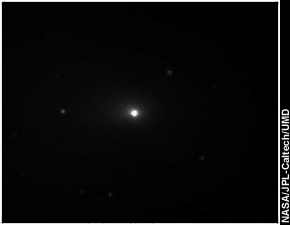Biological Computers: Genetically Modified Cells Communicate Like Electronic Circuits
"Even though engineered cells can't do the same job as a real computer, our study paves the way for building complex constructions from these cells," says Kentaro Furukawa at the University of Gothenburg's Department of Cell- and Molecular Biology, one of the researchers behind the study. "In the future we expect that it will be possible to use similar cell-to-cell communication systems in the human body to detect changes in the state of health, to help fight illness at an early stage, or to act as biosensors to detect pollutants in connection with our ability to break down toxic substances in the environment."






























